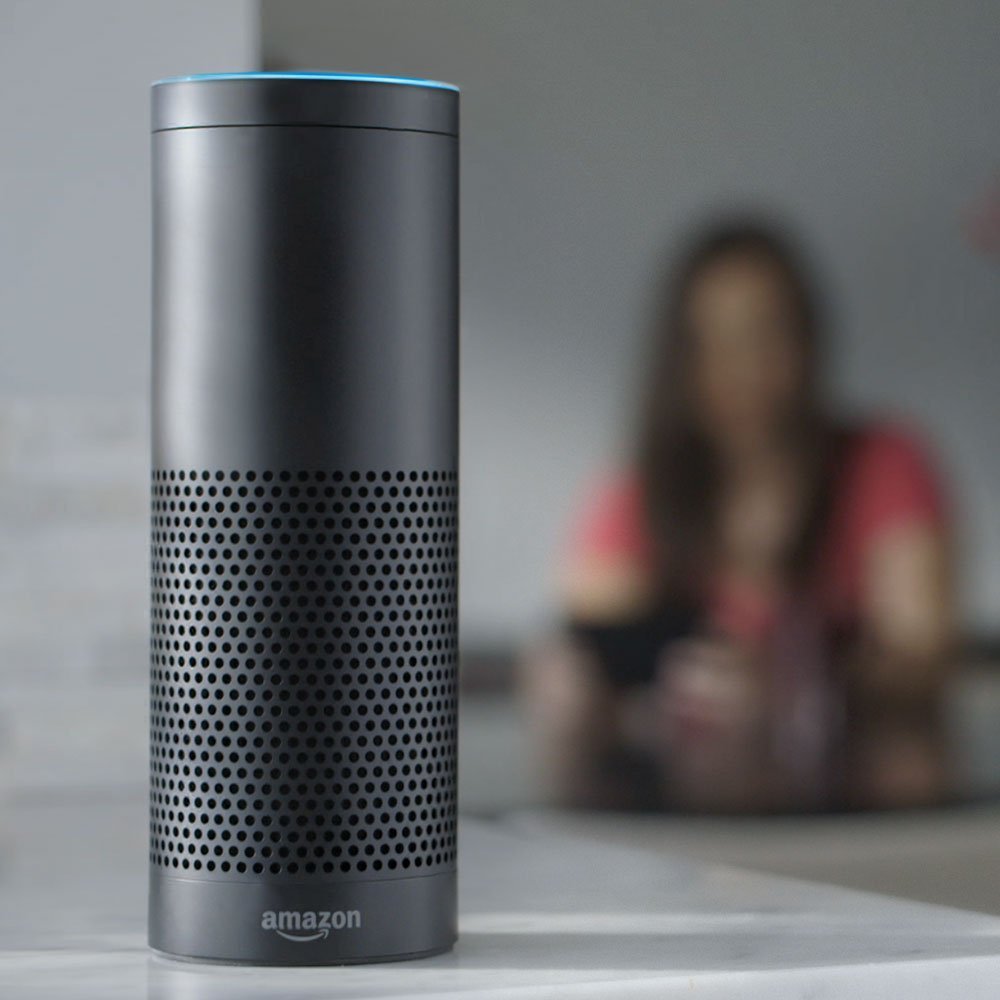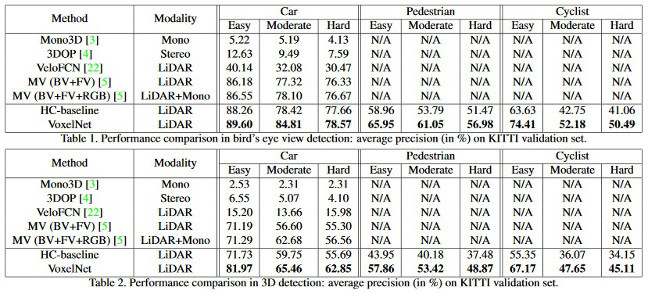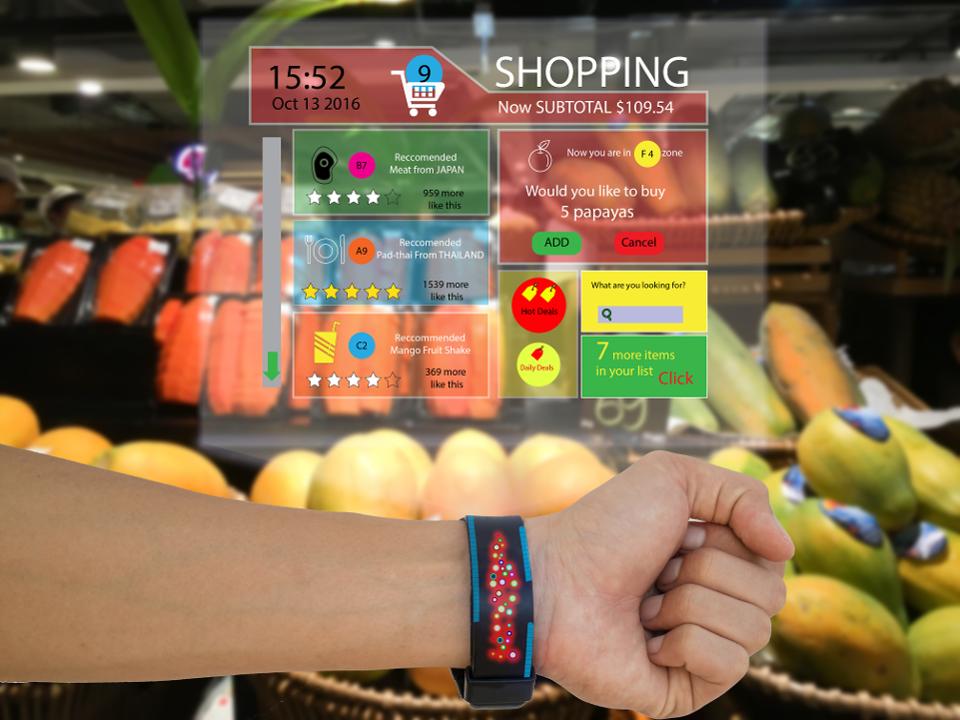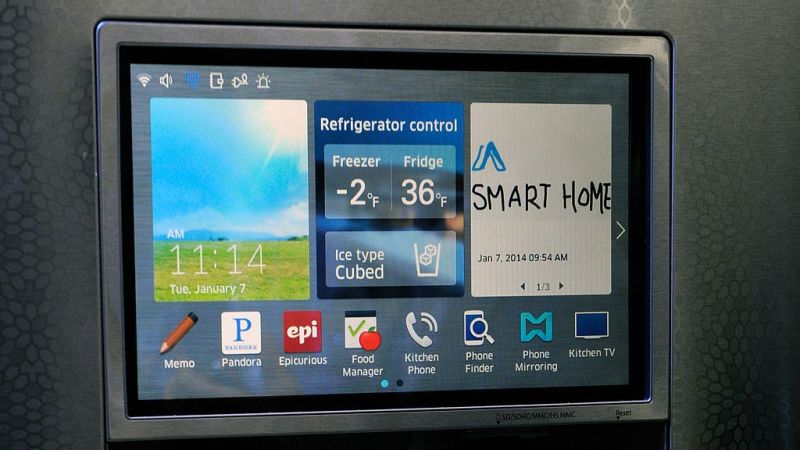
The term ‘Internet of Things’ (IoT) is used to describe devices that are connected to the Internet, managed online and which collect and exchange data. Whilst most of us are aware of computers, tablets and smartphones, there are a multitude of new devices launched each year. Gadgets like Amazon Echo, Fitbit and smart meters are already commonplace and IoT equipment is used extensively in business and other areas.
To give you a fuller understanding of how the IoT is beginning to change how we live and work, this post will look at some of the ways its already being used and what’s in store for us in the future.
The Intelligent Home

How IoT & smart home automation will change the way we live
IoT is going to revolutionize our homes during the next decade. While the smart meter mentioned above has already done away with the need for a meter reader, there are far cleverer devices already on the market. IoT lighting and heating controls now let you manage light settings and room temperatures through an app on your phone or by asking Alexa (Amazon Echo) to do it for you. Phillips hue bulbs, for example, can change color or brightness, and individual radiators can be set to bring a room to the desired temperature. You can also get intelligent home security or feed your pets while away from home.
In the future, all kinds of devices will be available: intelligent refrigerators that can read ‘use by’ dates and reorder items for delivery, robot vacuum cleaners that will sense when a floor needs cleaning
Sci-Fi Transport

Apple quietly wheels out ‘Voxelnet’ driverless car tech paper
What was sci-fi is now science fact. Volkswagen, Volvo, Skoda, BMW and Tesla already sell self-parking cars and nearly every new car has built-in GPS. There are even apps we can use to monitor driving performance and lower insurance rates.
Many companies now use IoT devices to monitor where their vehicles are so that they can update customers about when a product will be delivered or an employee will arrive. They also enable companies to work out the cheapest and quickest delivery routes in real-time, taking road construction and traffic levels into account.
And of course, the self-driving car is just around the corner. Driverless vehicles are already doing road tests in the USA so it might not be long before the traditional cab driver, truck driver and bus driver are things of the past.
Retail

Five Retail IoT Use Cases, When Retailers Finally Get Around to IoT
The amount of data we produce as online customers can lead to real developments in retail. We already get served online ads based on our search history, location and demographic information. If we grant permission for retailers to use this information, it enables them to provide exceptional experiences for us, both online and in store.
For example, our phones can signal to a retailer that we have entered a store and they can immediately send us information about products, which are in stock, which they know we are interested in. Clicking on an app can tell the retailer we want to try them on and when we arrive at the dressing room, they are waiting for us, in the right size. Inside the dressing room, we could find an augmented reality mirror, which we could use to look at matching accessories.
Rock Solid Security
IoT CCTV cameras are already in operation that use AI and machine learning to detect suspicious behavior. Once spotted they use facial recognition to record and identify any suspects. If a suspect goes out of frame, a linked camera can continue the tracking. Of course, they can also notify security guards and even the police.
At airports, IoT devices are used not only to monitor people but to monitor the condition of x-ray security scanners to make sure they are functioning correctly. This way, if there is a technical issue with a machine, no drug trafficker or potential terrorist is going to smuggle anything onboard.
Air Safety
On the subject of air travel, organizations such as Rolls Royce use IoT sensors to monitor the performance of their jet engines in real-time whilst they are in flight. This information is relayed back to their engineers who, in the event of a technical problem, can put safety measures into place on the ground to prevent a problem worsening or contact the pilots if a flight needs to be cut short.
Business and Manufacturing

How People Are Actually Using the Internet of Things
The Internet of things is transforming business processes to increase efficiency and reliability. By analyzing the enormous amount of data collected from IoT devices, companies can improve services, reduce operating, energy and maintenance costs, and make better products for their customers. From the humble photocopying machine to entire production plants, there is virtually no device in the business environment that cannot, at some point, be connected.
Cities and the Environment

How IoT Innovations are Saving the Environment
In the UK, they already have smart motorways that monitor driving conditions and traffic volumes. These enable speed restrictions to be put in place and hard shoulders to be used as extra lanes during the busiest times. Soon, these will be introduced in towns and cities to enable safer and smoother traffic flow.
At the same time, a range of IoT technologies are being developed to improve waste management, such as smart dumpsters that can send signals when they need emptying, or sewers that understand when there is a blockage or they are operating at capacity.
Using IoT with other technologies

15 Idiotic Internet of Things Devices Nobody Asked For
One of the biggest benefits of IoT is that its devices can use other technologies to enhance and extend its capabilities. For example, Universal Smart Card RFID, NFC and Bluetooth Low Energy products can provide sufficient memory and power to enable IoT devices to safely transmit and exchange sensitive data in situations where Wi-Fi is not the most secure or appropriate choice.
Wrapping up
The IoT is already an integral part of our lives. Although not everyone might be using it in their homes or for personal use, many of the companies and organizations whose services we rely on are making good use of it. 75% of businesses across all sectors are already exploring its potential and it is estimated that, by 2020, 96% of companies will be using it. Indeed, Cisco estimates that within five years, the IoT market will have grown to over $13 trillion.




